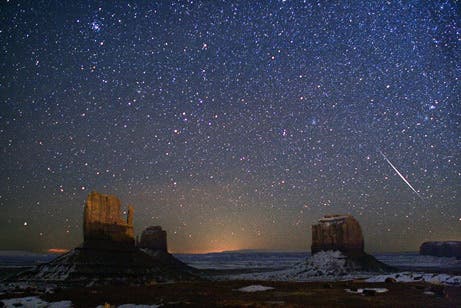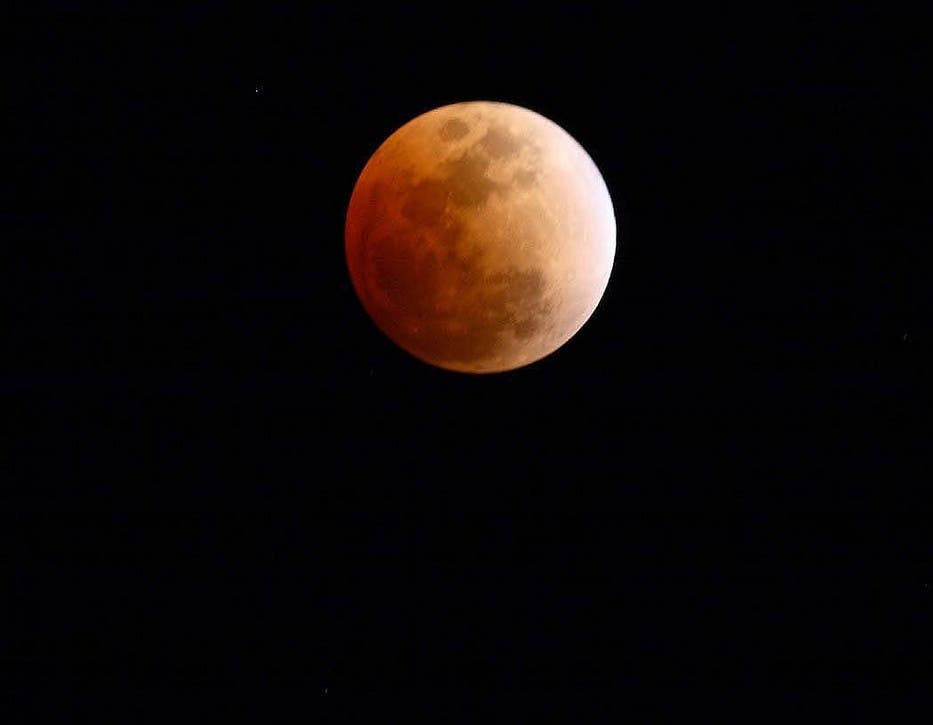
Tonight’s the last chance, for some of you, to experience an eclipse in 2012, and moreover a special kind of eclipse for that matter – a penumbral lunar eclipse. The event will start at 4:14 a.m. PST and end at 8:51 a.m. PST, according to timeanddate.com , and should be visible in East Asia, Australia, Hawaii and Alaska, with possible views at moonset and moonrise for the western United States and parts of Europe and Africa.
Don’t worry if you’re not in the view zone or are experiencing cloudy weather, since space.com has a live webcast up and running. Not the real thing, I know, but at least it’s something.
During a penumbral lunar eclipse the moon falls under the fainter edge of Earth’s shadow, and as such its light is cast from the penumbra, instead of the usual umbra. As such, the moon will glow somewhat dimmer in the night sky, instead of well defined disk we’re all accustomed to during a regular lunar eclipse.
And don’t worry. If you haven’t heard already, neither a penumbral lunar eclipse or the regular lunar eclipse won’t drive you insane.
Be aware that the start and end of a penumbral lunar eclipse isn’t visible with the naked eye, meaning that only two-thirds into the Earth’s penumbra will you be able to experience the phenomenon.





